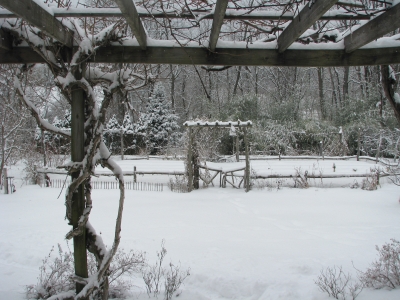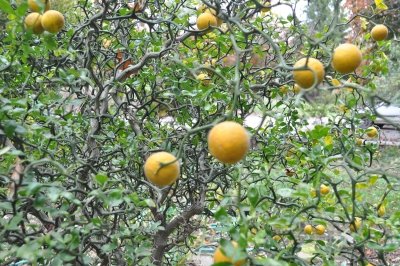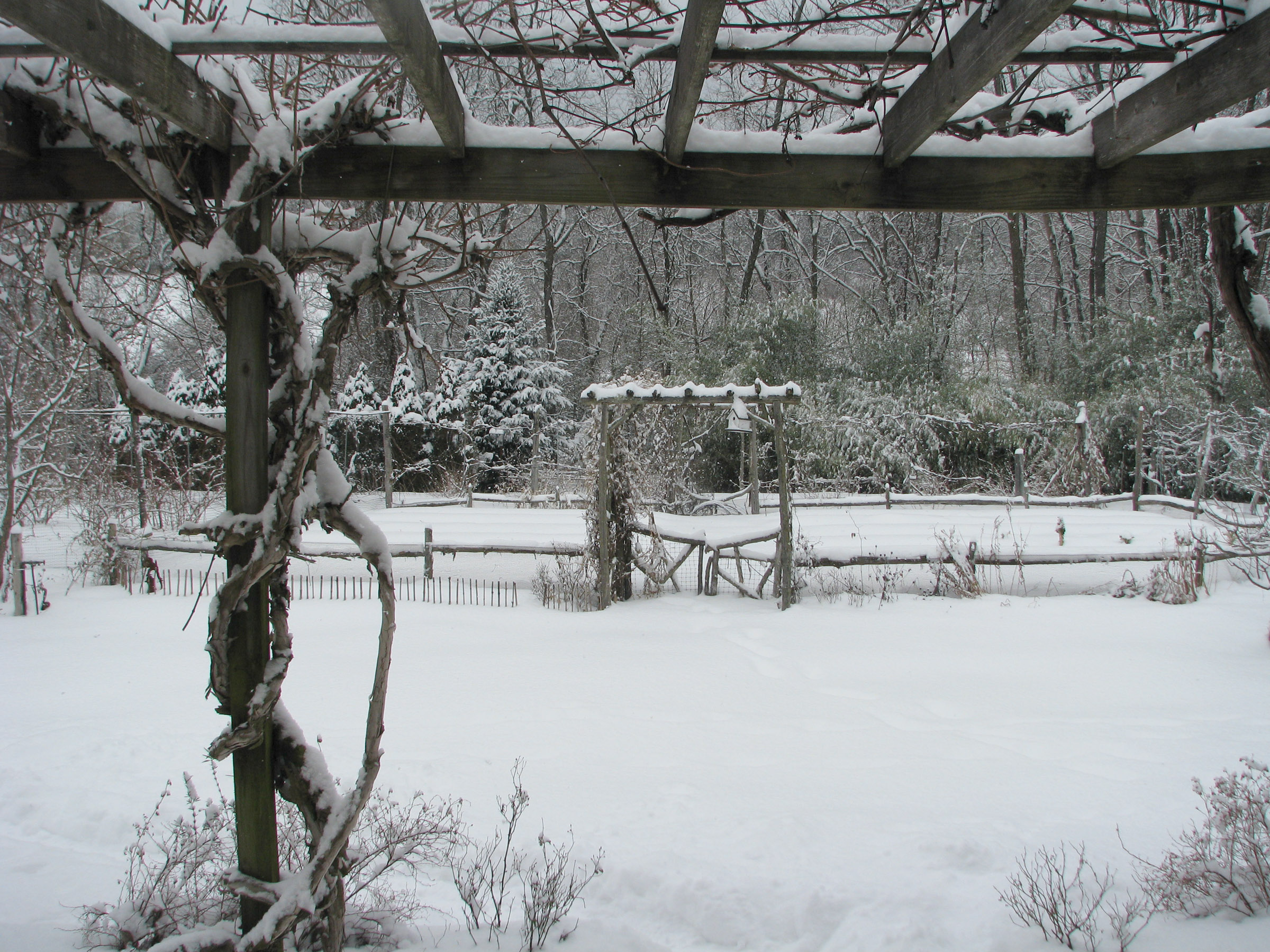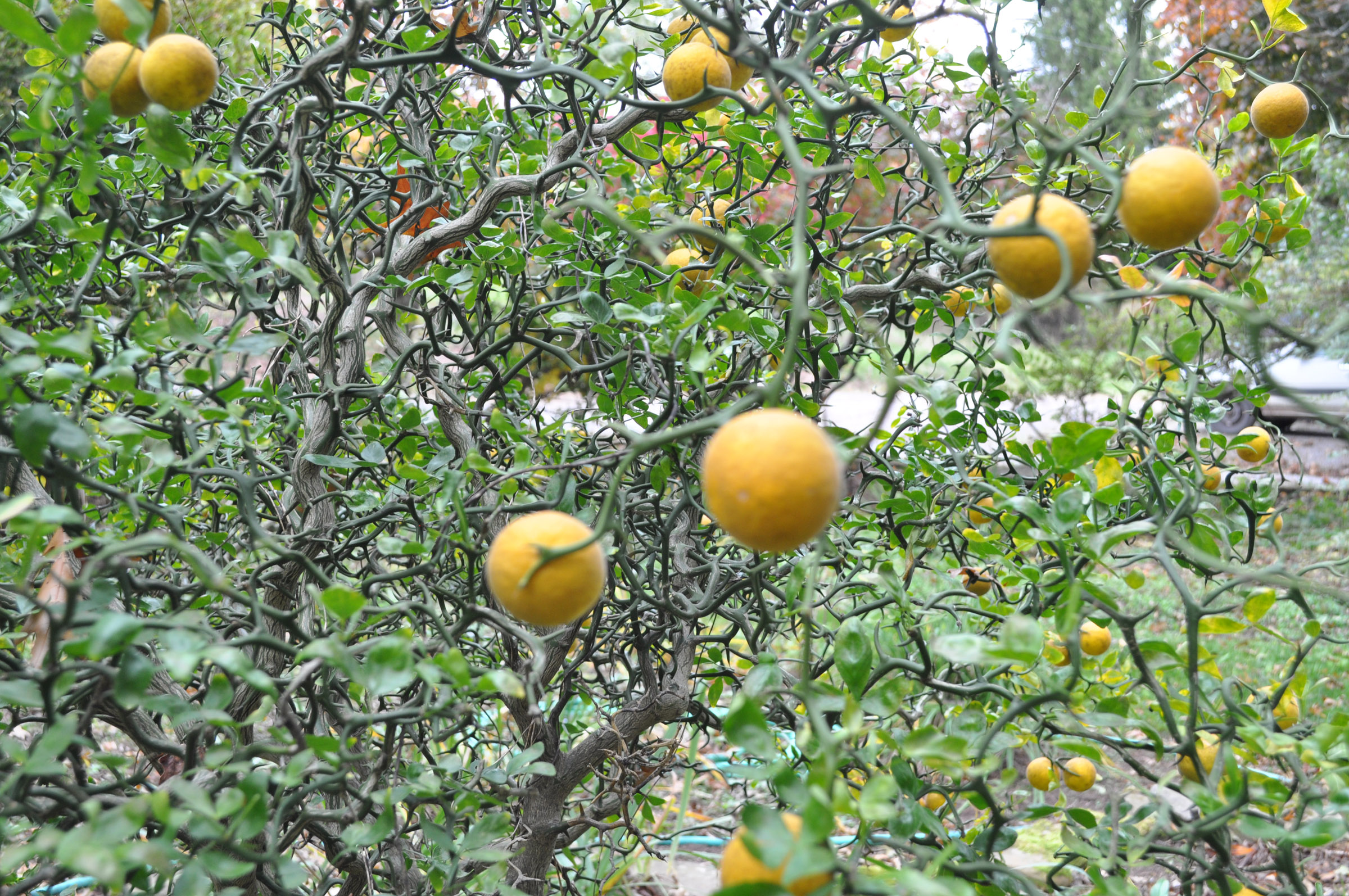FRUITFUL THOUGHTS
/27 Comments/in Fruit/by Lee ReichWatch for Road Blocks
If you’re considering growing fruits, good idea. You’re probably dreaming about, in a few years, being able to reach for a ripe red apple, a peach, a cherry, or a plum from a fruit laden branch. To a large degree depending on where you garden, you could be paving the way for disappointment. Insect and disease pests, and specific pruning needs, are potential road blocks for many of the more common fruits. 
Yet, luscious fruits plucked from a backyard plants are such a delicacy. What else but a fruit could have tempted Adam and Eve? Fortunately, many fruits need only a minimum amount of care. What follows are easy-to-grow fruit plants, grouped into three categories, from the very easiest to the “hardest easiest.”
Easiest Peasiest
The first category includes plants that you merely set in the ground, then come back in a couple of years for the first of many years of harvest. Well, almost nothing else to do. You may recognize in this category some plants commonly grown as ornamentals. Read more
THE GARDEN IN WINTER
/6 Comments/in Design, Gardening/by Lee ReichForming Relationships
This may sound crazy but even this far north, winter isn’t a bad time to admire the garden. With leaves and flowers a memory of the past season and a hope for the coming season, the garden is reduced to its bare bones. Not that the wintry scene need be dull or bleak. Good bones give structure to the landscape, knitting it together in some places, dividing it up in others, framing vistas, and providing firm footing for the eyes (figuratively) and feet (literally). Even now.
Three-dimensional forms are what give structure to a landscape. A house usually is the most obvious mass jutting up into space on a property. Too often it’s the only structural element, feebly tied to the landscape with some gumdrop-shaped junipers or yews standing, as if guarding, the foundation.
 I have effected a relationship between my yard and my house by building a grape arbor out from the rear wall, then enclosing the ground beneath this arbor with a brick terrace (my house is also brick) edged with a low hedge of potentilla. Similarly, the stone wall supporting what previous were slopes at the front and side of my house flow into the landscape with a contiguous stone wall sweeping out across the yard. Read more
I have effected a relationship between my yard and my house by building a grape arbor out from the rear wall, then enclosing the ground beneath this arbor with a brick terrace (my house is also brick) edged with a low hedge of potentilla. Similarly, the stone wall supporting what previous were slopes at the front and side of my house flow into the landscape with a contiguous stone wall sweeping out across the yard. Read more
ORANGES IN NY’S HUDSON VALLEY, OUTDOORS
/9 Comments/in Fruit/by Lee ReichFrightening, Beautiful, Edible
Right now, my hardy orange tree might look at its finest, standing at the head of my driveway against a pure white, snowy backdrop. An orange tree!? Outdoors with a snowy backdrop?! Okay, in all honesty, it’s a bush, not a tree. But it is an orange plant, and it does survive into Zone 5 outdoors. (Temperatures plummeted to 2° F a week ago, and coldest temperatures typically arrive around the end of this month.)
Botanically, the plant was Poncirus trifoliata. I write “was” because a few years ago, this citrus relative was welcomed closer into the citrus fold, with a new official name, Citrus trifoliata. Not all botanists recognize this closer kinship, and insist on keeping the plant in the Poncirus genus.
The kinship of hardy orange with other citrus is obvious from its glossy, forest green leaves, the sweet (but very slight) aroma of its flowers, and its fruits, which are pale orange.  The fruits are edible but I wouldn’t bite into one; the flavor is orangish, but also sour and bitter. Perhaps I’d squeeze the pulp to add a hint of citrus flavor to some other cooked fruit or a baked good. Perhaps not.
The fruits are edible but I wouldn’t bite into one; the flavor is orangish, but also sour and bitter. Perhaps I’d squeeze the pulp to add a hint of citrus flavor to some other cooked fruit or a baked good. Perhaps not.
What I like best about this plant are its stems, which are most evident now, when bared in winter. Read more




